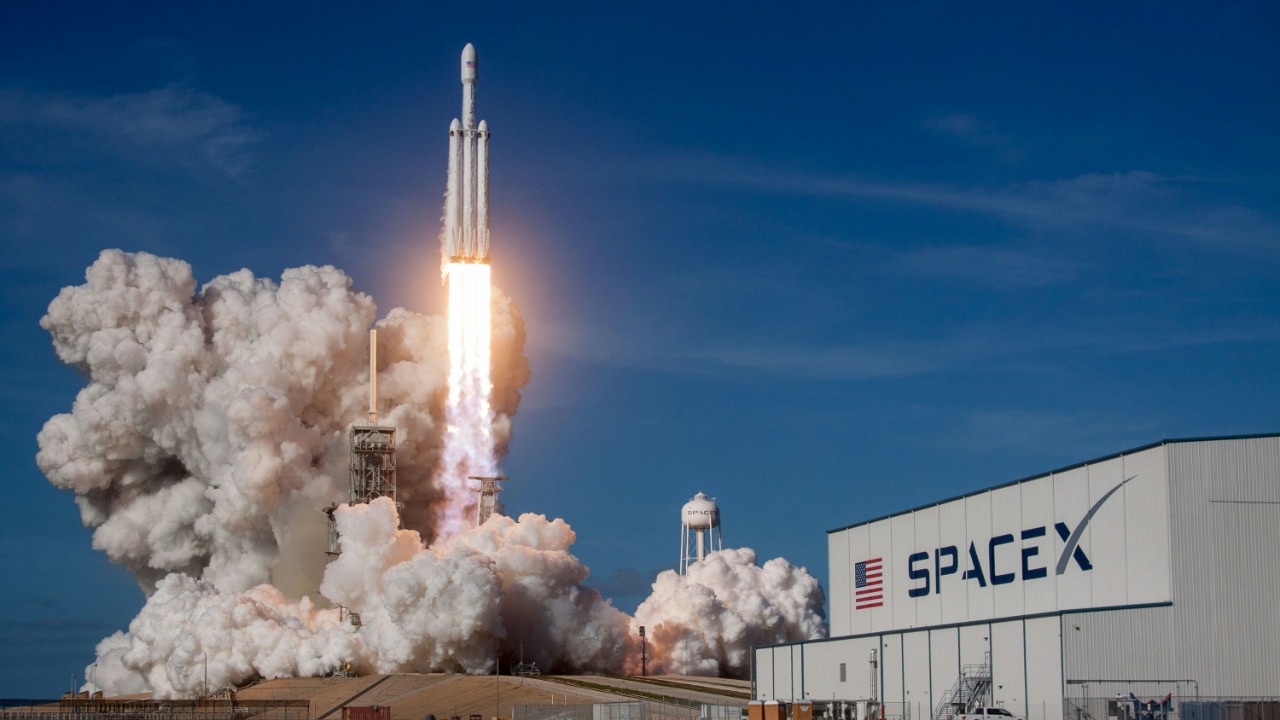
The US military has approved up to 100 SpaceX launches per year from Vandenberg Space Force Base in California, marking a significant expansion of launch activities at the site. This decision aligns with SpaceX’s plans to introduce Falcon Heavy launches from California, contingent on customer demand for the heavier-lift rocket. However, this expansion comes amid environmental concerns, as the California Coastal Commission staff recommended rejecting increased SpaceX launches due to potential ecological impacts. Despite this, Falcon 9 launches are set to rise in 2026.
Military Approval for Expanded Launches
The US military’s decision to authorize up to 100 SpaceX launches annually from Vandenberg Space Force Base underscores a strategic move to bolster national security missions and satellite deployments. This approval is part of a broader effort to enhance the United States’ space capabilities, providing the Space Force with increased launch flexibility and reducing reliance on other sites, such as those in Florida. The military’s endorsement reflects a commitment to maintaining a robust and responsive space launch infrastructure, crucial for both defense and commercial interests [source].
Preparations for the increased launch cadence are already underway, with the military and SpaceX coordinating to ensure that the necessary infrastructure and operational protocols are in place. This expansion is expected to commence in the near term, allowing for more frequent operations and a streamlined process for deploying satellites and other payloads. The benefits of this expansion are manifold, including enhanced national security capabilities and the potential for economic growth in the region due to increased aerospace activities [source].
SpaceX’s Falcon 9 Launch Projections
SpaceX is set to increase its Falcon 9 launch operations from Vandenberg Space Force Base, with a significant ramp-up planned for 2026. This increase is driven by growing demand for both commercial and government payloads, highlighting the expanding role of private aerospace companies in meeting national and international space needs. Currently, the site handles a moderate number of launches, but the planned expansion will integrate dozens more annually, leveraging existing infrastructure to accommodate the heightened activity [source].
Beyond the Falcon 9, SpaceX is exploring synergies with other rocket variants to maximize site utilization. This strategic approach not only optimizes the use of Vandenberg’s facilities but also positions SpaceX to respond flexibly to varying market demands. The anticipated increase in launch frequency underscores the company’s commitment to maintaining its leadership in the commercial space sector while supporting governmental space initiatives [source].
Falcon Heavy Introduction Plans
SpaceX has outlined plans to launch the Falcon Heavy rocket from California for the first time, contingent on securing customers interested in its higher payload capacity. The Falcon Heavy, known for its triple-core booster configuration, offers significant advantages for missions requiring heavy satellite insertions or defense-related payloads. However, the execution of these plans hinges on market demand, as the company assesses potential clients’ interest in utilizing this powerful launch vehicle [source].
Technical preparations at Vandenberg are necessary to support the Falcon Heavy’s unique requirements, including modifications to the launch pad to accommodate the rocket’s size and complexity. These preparations are crucial for ensuring the site’s readiness to handle the increased demands of Falcon Heavy launches. The potential introduction of this rocket variant from California represents a significant milestone for SpaceX, further solidifying its position as a leader in the aerospace industry [source].
Regulatory and Environmental Hurdles
The expansion of SpaceX’s launch activities at Vandenberg has not been without controversy. On August 5, 2025, the California Coastal Commission staff recommended rejecting SpaceX’s request for more launches, citing risks to coastal ecosystems and wildlife. This recommendation highlights the ongoing tension between environmental preservation and technological advancement, as stakeholders weigh the potential ecological impacts against the benefits of increased space activity [source].
The military’s approval of the expanded launch schedule raises questions about the balance between federal and state oversight. While national security considerations may override local concerns, SpaceX is likely to implement mitigation measures to address environmental feedback. These measures could include noise reduction strategies and habitat protections, aimed at minimizing the impact on local ecosystems while allowing the company to proceed with its ambitious launch plans [source].